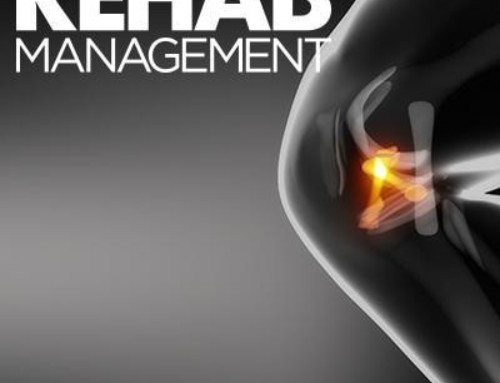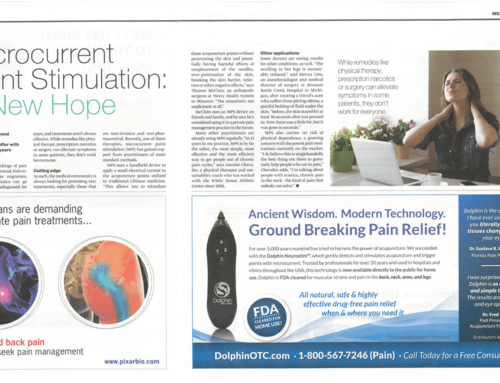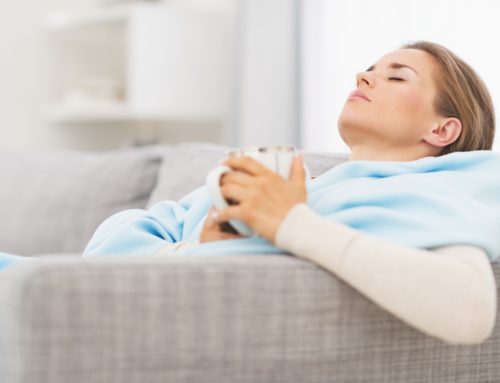Microcurrent therapy is a brand new way of treating pain, right? Well, not really. It actually has its roots all the way back in time to ancient Greece! Hippocrates, the father of electro-therapy, was reported to submerge pain patients into barrels of water with electrical eels for therapeutic purposes. Another version of treatment applied during the period of 50 AD, was the “Seashore Treatment,” which involved the patient placing one foot on an electric fish and the other foot on wet sand to complete the electrical circuit (ouch!). It was reported this form of treatment was used to help patients who suffered with pain, headaches, and gout. Thereafter, electrical energy has been used for treating health conditions and pain relief has evolved to the point of the application of bio–electrical stimulation (E–Stim) in various forms. Electrical energy has been a mainstay of physical medicine for many decades.
Let’s talk a bit more about what goes on in electrical stimulation. The flow of electrons is called a current, and there are two general types of current. Direct Current is more or less even flow in one direction (MPS). Alternating Current (AC) is the back and forth flow of currents which powers most of our household appliances and traditional TENS (Transcutaneous Electro Nerve Stimulator) devices.
In the 1960s when Melzack and Wall developed the Gate Control Theory, which stated that AC stimulation provides a “competitive inhibition,” blocking the pain impulses from site to brain. Soon after, manufacturers began developing AC TENS units for pain management and rehabilitation applications.
In the 1970’s another discovery by Dr. Bruce Pomeranz, the father of neuro–endocrinology, proved the release of beta–endorphins through the pituitary gland using low frequency (2-4hz) DC current. This new application, ALTENS (acupuncture like TENS) introduced another new generation of electro–therapy devices on the market that used this direct current (DC) rather than AC. And this is how microcurrent was born, specifically Microcurrent Point Stimulation (MPS) Therapy.
MPS Therapy produces microcurrent, pulsed stimulation at a current density that is not sufficient to excite motor nerves. Similar to ALTENS in current and frequency, MPS Therapy has a current strength of 50 – 800 microamps (millionth of amps), which is much lower. This microstimulation, hundreds of times less than traditional TENS devices, is delivered at an amplitude that is reported to resonate with the nervous system and influence dramatic cellular changes in organs, tissues and fascia. For this, MPS Therapy has been called “microcurrent biostimulation” because of its reported benefits on cellular physiology and growth.
Another secret to successfully treating pain with microcurrent lies in the delivery system itself. By concentrating the direct current into a point, the stimulation evokes a slight “needle like” pinch, mimicking the therapeutic effects of traditional acupuncture and providing additional therapeutic benefits. Together, the cellular changing benefits of microcurrent applied to key acupuncture pain points can produce powerful functional changes in our bodies.
References
- Weiner, R.S. (2001). Pain management: a practical guide for clinicians. 6th edn. American Academy of Pain Management, New York.
- Ferreira, A.S. & Luiz, A.B. (2013). Role of dermatomes in the determination of therapeutic characteristics of channel acupoints: a similarity-based analysis of data compiled from literature. Chinese Medicine, 8, 24.
- Myofascial release by ETPS therapy helps both neuropathies and radiculopathies. Radiculopathy is defined as a set of conditions caused by affected nerves at the roots.







Leave A Comment